Do you know these 4 kinds of plot formats?
Note: This post may contain some affiliate links for your convenience (which means if you make a purchase after clicking a link I will earn a small commission but it won’t cost you a penny more)! Read my full disclosure and privacy policies...
Plot.
As writers we’ve all hear of this literary term.
But, what does it mean?
Well, plot is what gives the story a reason to be.
It’s the ‘why’ as to the reason the story exists.
Plot is what the story is about.
And, if the plot is good, it will entertain and engage the reader.
It can even change the reader’s life.
In children’s writing, stories are usually based on external conflict and action.
Think of Superman fighting his nemesis, Lex Luther.
Or Sherlock Holmes and Moriarty.
And, the conflict doesn’t have to come in the form of a person.
It can be battling a flood or a volcanic eruption, climbing Mount Everest, or training a crazy, peeing-all-over-the-place dog.
In his book Aspects of a Novel, F.M. Forster said, “A plot demands intelligence and memory also.”
Examples of plot driven stories include:
Madame Bovary – through the plot, Emma is driven toward a tragic end.
Lolita – the plot holds the reader fascinated as Humbert delves helplessly into depravity.
Great Expectations – through the plot, the reader watches Pip live his life in pursuit of having Estella love him.
These stories hold the reader captive.
They drive the reader to turn the pages, to find out what will happen to the characters.
According to Children’s Literature.com, there are four types of plot structures:
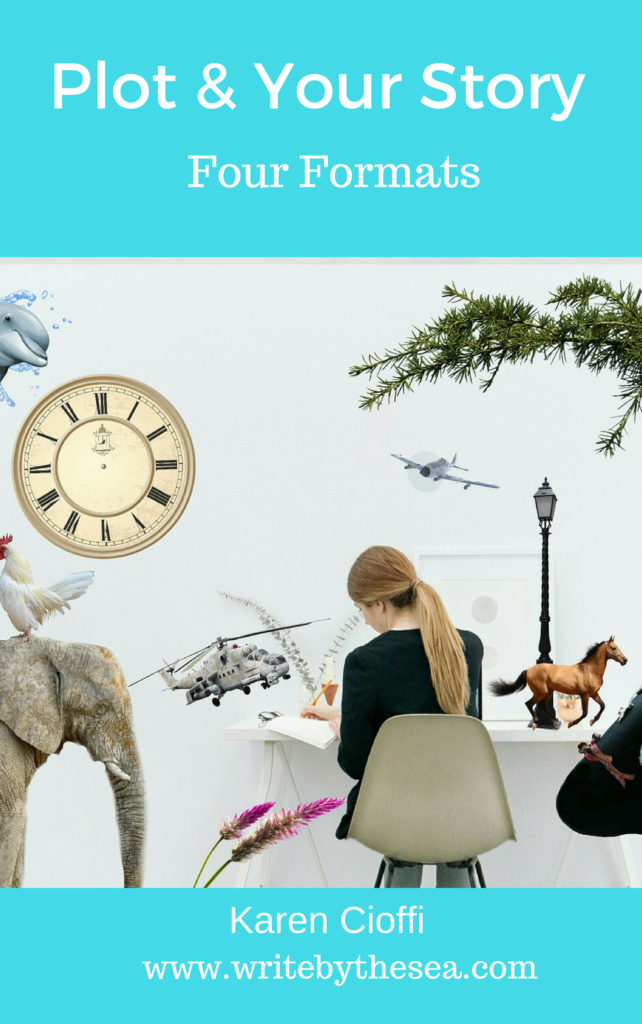
1. Dramatic or Progress
Think of this format as a pyramid.
° The protagonist starts out okay or is in the beginning of a dilemma – it may be physical or emotional. This is the setup.
° The obstacles or conflict rise. As each obstacle is met and overcome, another one arises of increasing severity. This goes on to the climax – the top of the pyramid.
° The climax is the final conflict and has the protagonist giving his all to achieve his goal. It’s win or lose time.
° Then comes the closing or wrap up of the story. The story descends the other side of the pyramid to a satisfying conclusion.
This is your typical young children’s story structure.
Keep in mind that the scenarios don’t have to be heart stopping action or doom.
They can be as simple as a moral dilemma, of doing right or wrong.
2. Episodic
Think of this format as a long obstacle course of usually lower impact ups and downs in chronological order.
Usually each chapter or section depicts related incidents and has its own conflict climax. The story is connected through the characters and/or the theme.
According to Story Mastery, episodic formats “work best when the writer wishes to explore the personalities of the characters, the nature of their existence, and the flavor of an era.”
3. Parallel
With this format, there are two or more plots.
They can be linked by the characters and/or a common theme.
In a recent upper middle-grade book I ghosted, there were three plots connected through characters and the overall plot.
This format can be used for upper middle-grade and young adult stories.
4. Flashbacks
This format provides the reader with flashbacks throughout the story. It allows the writer to begin with an action scene and fill in the ‘why, what, and how’ in flashbacks.
While plot-driven stories are engaging, it’s the stories that combine a good plot with believable characters that the readers can connect to and ‘feel for’ that become memorable.
It’s these stories that have the potential to be great.
About Karen Cioffi
 Karen Cioffi is an award-winning author, children’s ghostwriter, and author/writer online platform marketing instructor. She is also the founder and editor-in-chief of Writers on the Move (a group of authors/writers). And, her site, Karen Cioffi Writing and Marketing, was named Writer’s Digest Website of the Week, June 25, 2012. Brian A. Klems, Online Editor for Writer’s Digest commented: “This site from Karen Cioffi should stand as a model for other freelance writers.” For more on children’s writing, stop by Writing for Children with Karen Cioffi. Be sure to sign up for her newsletter and check out the DIY Page.
Karen Cioffi is an award-winning author, children’s ghostwriter, and author/writer online platform marketing instructor. She is also the founder and editor-in-chief of Writers on the Move (a group of authors/writers). And, her site, Karen Cioffi Writing and Marketing, was named Writer’s Digest Website of the Week, June 25, 2012. Brian A. Klems, Online Editor for Writer’s Digest commented: “This site from Karen Cioffi should stand as a model for other freelance writers.” For more on children’s writing, stop by Writing for Children with Karen Cioffi. Be sure to sign up for her newsletter and check out the DIY Page.
And don’t forget to join our mailing list!
Just fill in your name and email address, below:
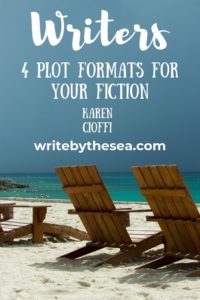
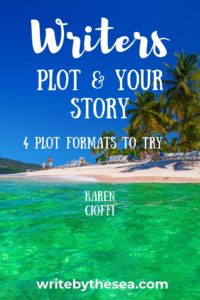
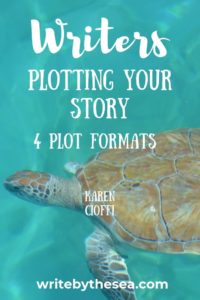

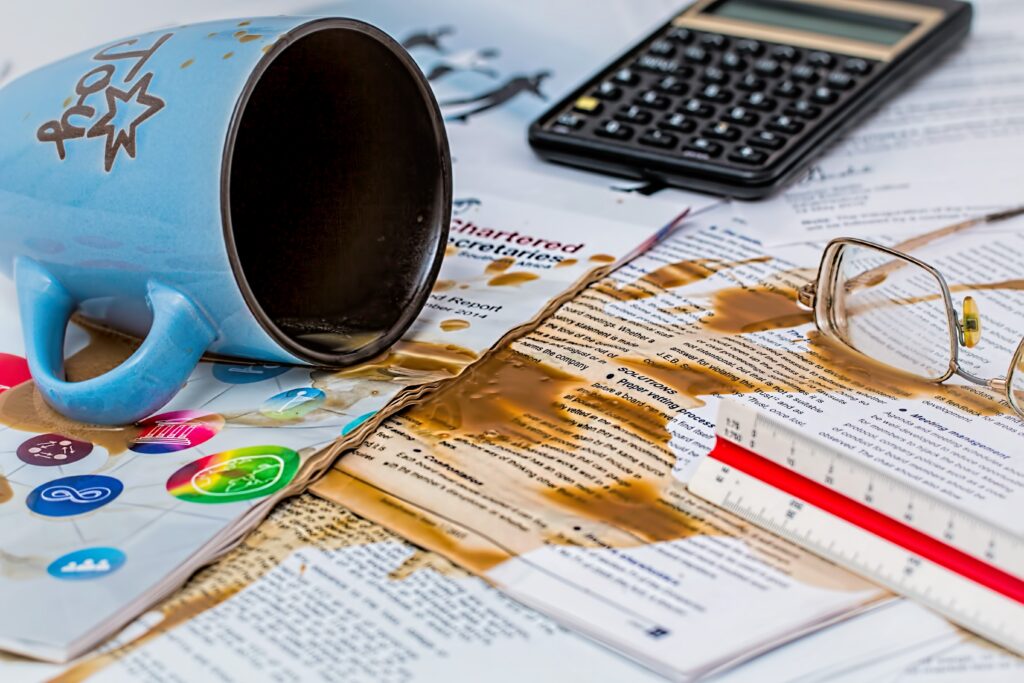
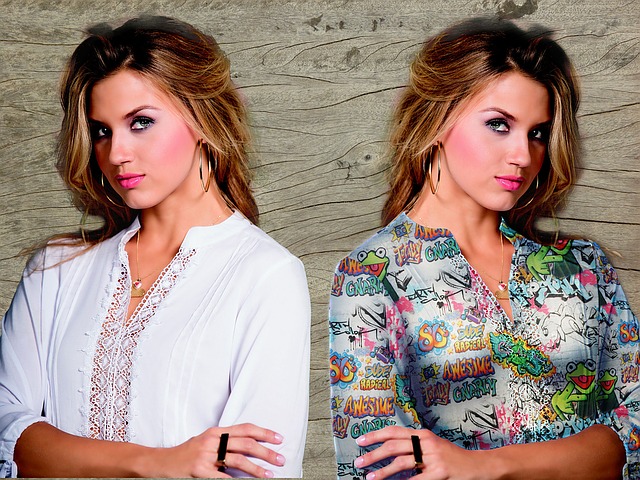


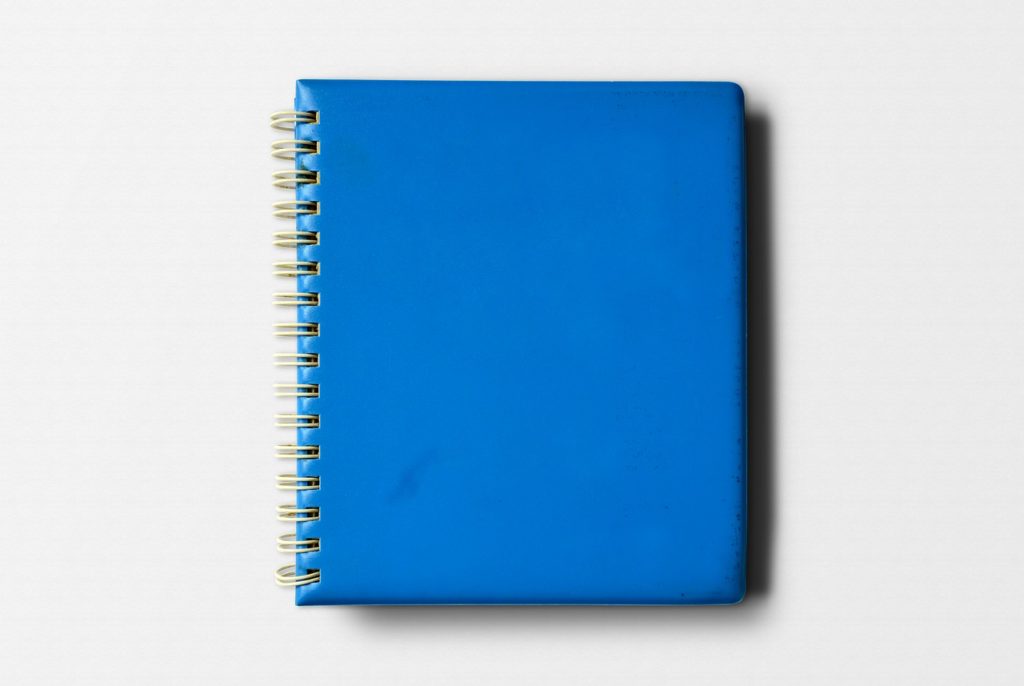
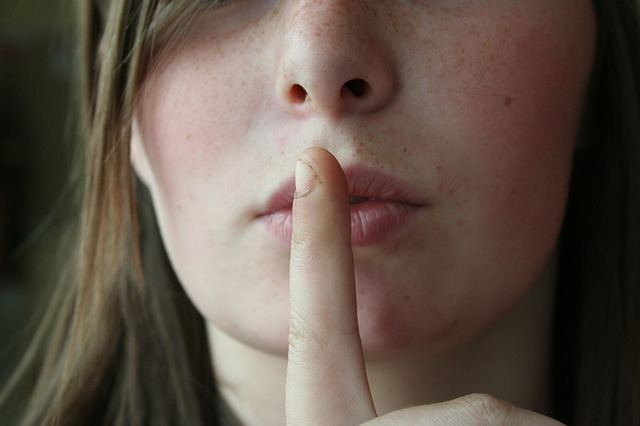
Suzanne, glad to have my article up on your site!
So glad to post it. Thanks, Karen.
Suzanne